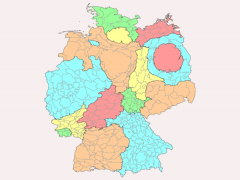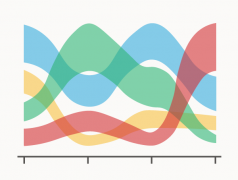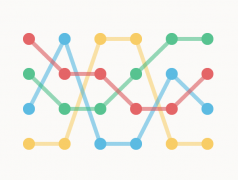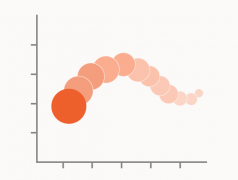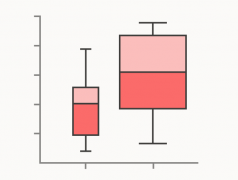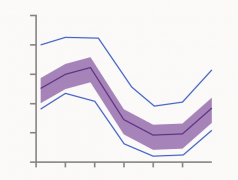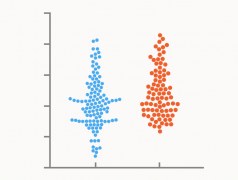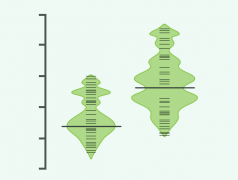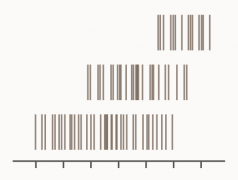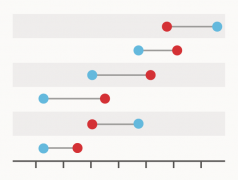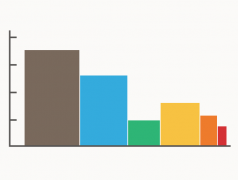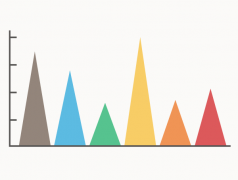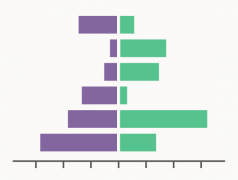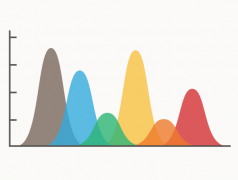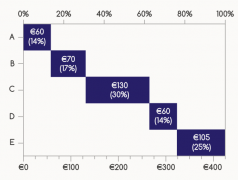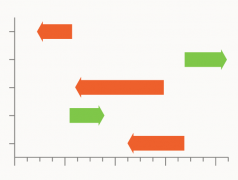A Cartogram variation where each geographic region is a circle, sized in proportional to a data value.
Chart Types
Posts related to my documented research into the different charts types that I’ve discovered.
While I’m no longer updating the main page with new visualization methods, I’m still continuing to research into different chart types, which you can find in these posts below.
A Cartogram variation where each geographical region is represented by a square, with the area of the square proportional its value.
A data map that distorts the geometry of geographical regions in proportion to the data value associated with that region.
A Bump Chart variation that displays the rank plus an additional quantitative variable changing over time.
A visualisation that shows how the rankings of different categories or entities change over a time period.
A variation of the Bubble Chart that shows the progression of data points over time by displaying a trail of past bubbles.
An improvement over the traditional Box Plot that provides a more informative display of the data distribution shape.
A variation of the standard Box Plot where the width of the box is proportional to the size of the group or data subset being represented.
A combination of a Radar Chart and a Box Plot that enables the comparison of multivariate data across multiple classes or clusters.
A variation of the classic Box Plot used to display the data distribution while emphasising the median.
A Box Plot variation used to explore and analyse functional data.
A visualisation that plots data points in a way that resembles a swarm of bees to show data distribution.
Looking at a visualisation used for comparing univariate data distribution between different groups.
A chart used to visualise the data distribution across multiple categories by plotting short stripes
Exploring this visualisation used to illustrate changes between two points in time, conditions, or groups.
Let’s look at this Bar Chart variation that utilises the width of the bars to visualise an additional variable.
A Bar Chart variation that instead uses triangles as a more novel aesthetic.
Looking at this Bar Chart variation used for visualising contrasting data series.
Useful in displaying parts relative to a whole but emphasises the individual segments by staggering them.
Exploring with examples this Bar Chart variation that’s useful for communicating change.


